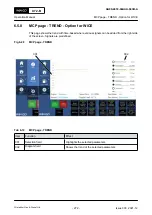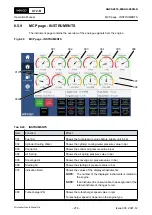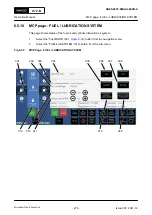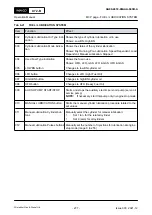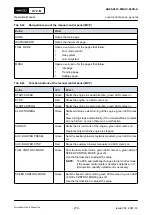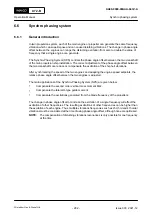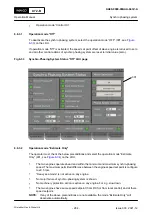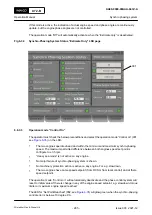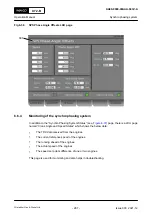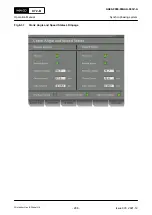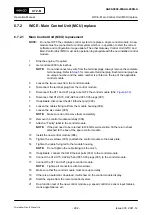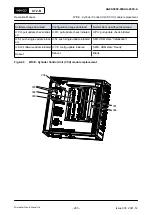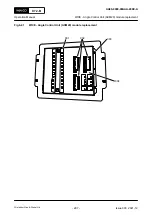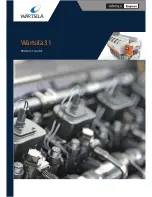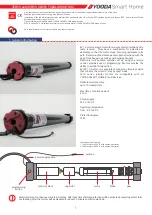
6.6
Synchro phasing system
6.6.1
General introduction
In twin propulsion system, each of the main engine or propeller can generate the same frequency
vibration which can superimpose and can cause disturbing vibrations. The change in phase angle
offset between the engines can range the disturbing excitation from zero to double the value of
frequency that a single engine can generate.
The Synchro-Phasing System (SPS) controls the phase angle offset between the two crankshaft
of the twin propulsion ship installation. The correct adjustment of the phase angle offset between
the two crankshafts can reduce or compensate the excitation of the ship hull vibrations.
After synchronizing the speed of the two engines and adapting the engine speed setpoints, the
relative phase angle offset between the two engines is adjusted.
The main applications of the Synchro-Phasing System (SPS) are given below:
•
Compensate the second order vertical mass moment M2v.
•
Compensate the lateral H-type guide moment.
•
Compensate the excitations generated from the blade frequency of the propellers.
The change in phase angle offset to minimize the excitation of a single frequency will affect the
excitation of other frequencies. The resulting excitations of other frequencies can be higher than
the excitation of each engine. Thus, multiple vibrations frequencies such as 2nd, 3rd and 4th order
vibrations must be considered at the time of using phase angle offset, although none are optimized.
NOTE:
The compensation of disturbing vibrations resonances is only possible for one frequency
at the time.
X72-B
AA00-0000-00AAA-043V-A
Operation Manual
Synchro phasing system
Winterthur Gas & Diesel Ltd.
- 282 -
Issue 003 2021-12





